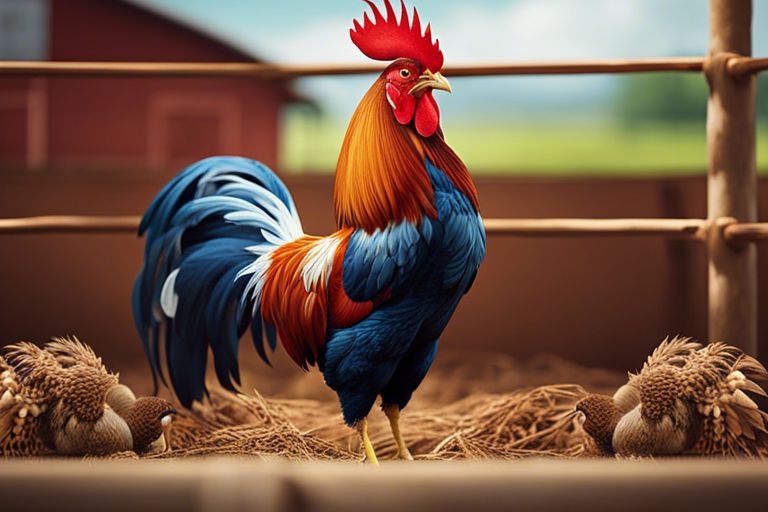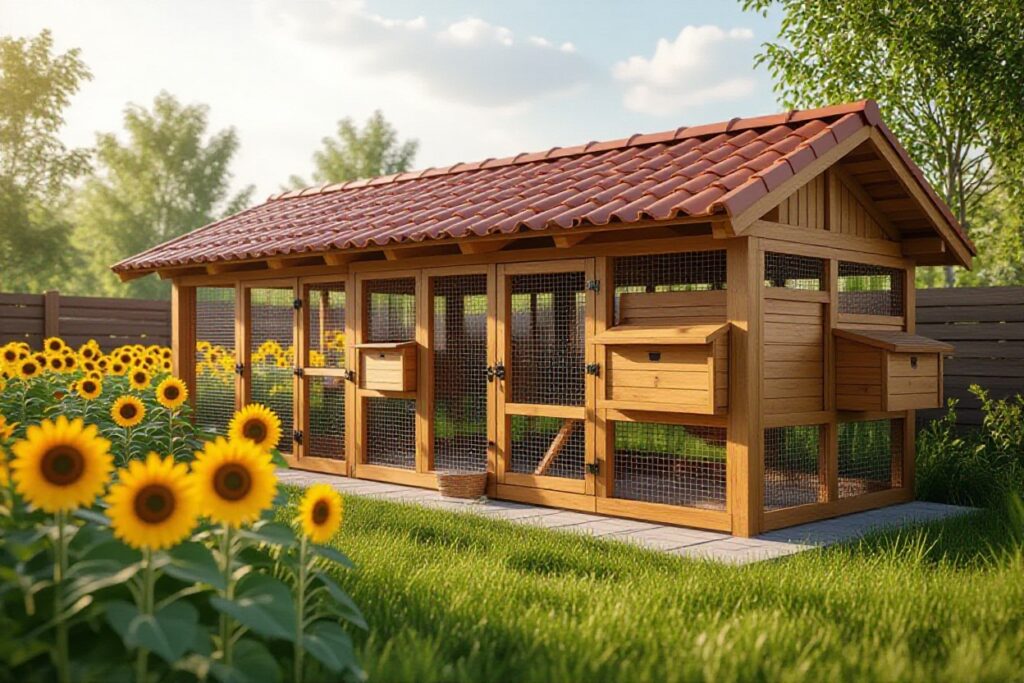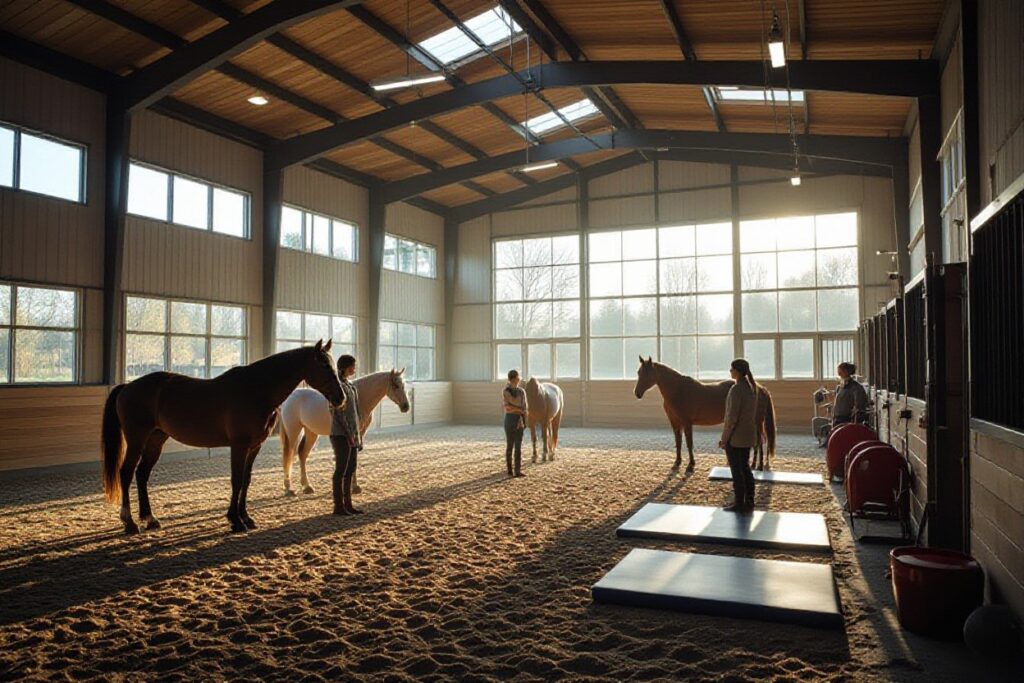Most poultry enthusiasts understand the importance of breeding roosters in maintaining a healthy and productive flock. Roosters play a crucial role in ensuring successful reproduction and genetic diversity within chicken populations. In this informative blog post, we will explore everything you need to know about breeding roosters, including selecting the right rooster, understanding breeding behaviors, managing flock dynamics, and ensuring the health and well-being of your birds. Whether you are a novice chicken keeper or an experienced breeder, these imperative tips and guidelines will help you navigate the world of breeding roosters with confidence.
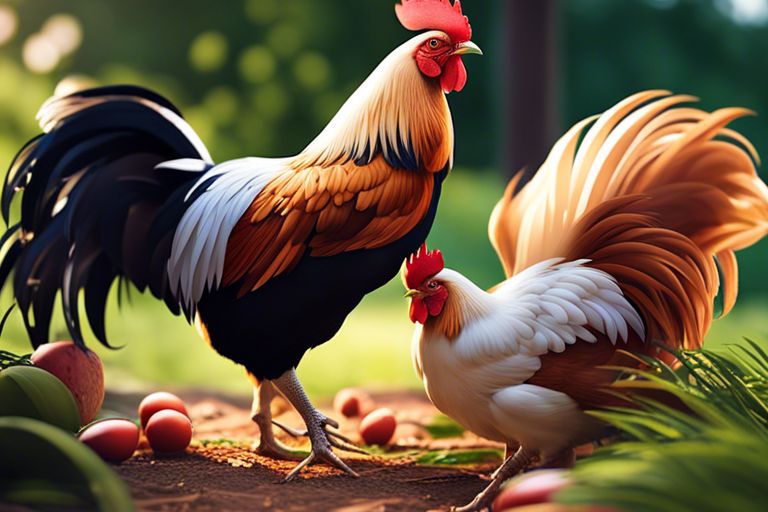
Understanding Rooster Anatomy and Behavior
Physical Characteristics of Roosters
On your journey to understanding rooster anatomy, it’s crucial to recognize their physical characteristics. Roosters typically have vibrant plumage with a more pronounced comb and wattle compared to hens. Additionally, they have spurs on their legs which can be used for defense.
Behavioral Traits Relevant to Breeding
On the behavioral front, roosters exhibit specific traits that are crucial when breeding them. Roosters are known for their protective nature, often guarding their hens and territory. Understanding their behavior, such as mating rituals and dominance hierarchies, is imperative for successful breeding practices.
Behavior: Roosters can display aggressive behavior, especially when establishing dominance or protecting their flock. It’s important to observe their interactions with hens and other roosters to ensure a harmonious breeding environment. Additionally, being aware of their mating rituals, such as courtship displays and mating calls, can aid in successful breeding outcomes.
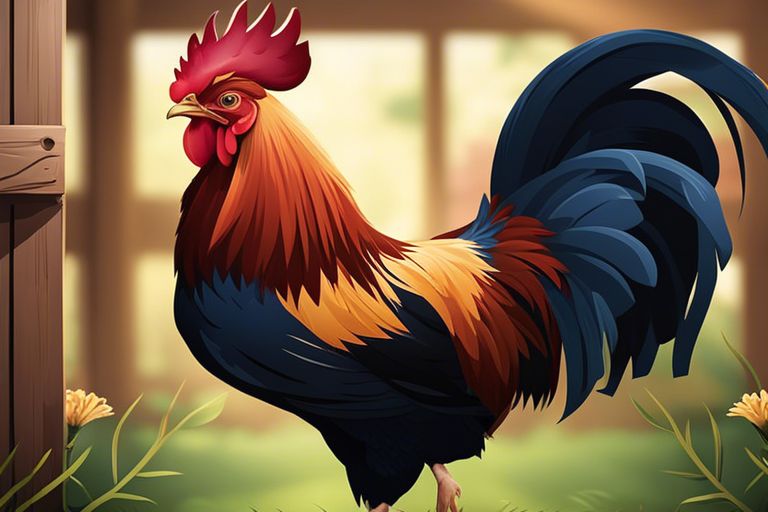
Preparing for Breeding
Selecting the Right Roosters
Breeding roosters should be selected based on specific traits such as health, temperament, and breed standards. Choose roosters with strong genetics to ensure healthy offspring with desirable characteristics. It’s important to evaluate the rooster’s behavior towards hens to ensure successful breeding and a harmonious flock.
Creating an Optimal Environment for Breeding
An optimal breeding environment is crucial for successful reproduction. Ensure that the coop is clean, spacious, and free from any potential stressors. Provide adequate nesting boxes and privacy for the hens to lay eggs comfortably. It’s important to monitor temperature and lighting conditions to create a conducive environment for breeding.
This will help to increase the chances of successful mating and improve the overall health and well-being of the flock. Be sure to provide a balanced diet rich in nutrients to support the breeding process and ensure the development of healthy chicks.
The Breeding Process
The Mating Ritual
Despite their sometimes aggressive nature, roosters have a complex mating ritual that involves a series of behaviors to attract a mate. This can include vocalizations, puffing out their feathers, and performing a dance-like strut. It is important to observe these interactions to ensure successful breeding within your flock.
Managing the Flock Dynamics
For successful breeding, it is necessary to manage the flock dynamics carefully. Roosters can be territorial and may display aggressive behavior towards other roosters or even hens. To avoid injuries and ensure a harmonious flock, it is recommended to provide enough space for each bird, offer plenty of hiding spots and distractions, and introduce new birds slowly and carefully.
It is crucial to establish a clear pecking order within the flock to prevent constant fighting and stress among the birds. This hierarchy helps reduce aggression and allows for smoother breeding interactions. Regularly monitoring the flock dynamics and intervening when necessary can create a more peaceful and productive environment for successful breeding.
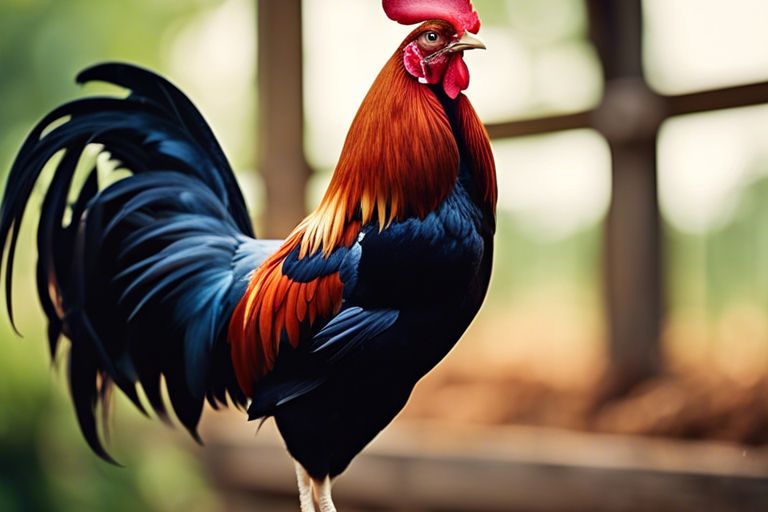
Care and Management of Breeding Roosters
Nutritional Requirements
Now, let’s talk about the nutritional requirements of breeding roosters. Any breeder knows that providing a well-balanced diet is crucial for the health and productivity of breeding roosters. A diet high in protein is necessary to support their reproductive functions and overall well-being. Make sure to offer a mix of high-quality grains, seeds, and specially formulated poultry feed to meet their specific needs.
Health Monitoring and Veterinary Care
Now, let’s address the critical aspect of health monitoring and veterinary care for breeding roosters. Veterinary care is necessary to ensure that your roosters are in optimal health for breeding purposes. Regular check-ups, vaccinations, and parasite control are necessary to prevent diseases and maintain a healthy flock. Establish a relationship with a poultry veterinarian who can provide guidance and support for your breeding program.
Veterinary care also involves proactive health monitoring. Conduct regular health checks on your breeding roosters to detect any signs of illness or injury early. This includes observing their behavior, appetite, and physical condition. Promptly address any health issues that arise to prevent them from affecting the breeding performance of your roosters.
Management
Effective management practices are key to successful breeding roosters. This includes providing a clean and secure living environment, proper ventilation, and access to clean water at all times. Regularly inspect your roosters for signs of stress or aggression, and make necessary adjustments to minimize any potential conflicts. Be mindful of, a well-managed flock leads to healthy and productive breeding roosters.
Ethical Considerations and Best Practices
Humane Treatment of Roosters
To ensure the well-being of roosters in a breeding environment, it is vital to provide them with adequate space, proper nutrition, and access to clean water at all times. Regular health checks by a veterinarian can help in identifying any issues early on. Additionally, handling roosters with care and respect, avoiding unnecessary stressors, and providing enriching environments can contribute to their overall welfare.
Sustainable Breeding Approaches
Considerations for sustainable breeding approaches involve maintaining genetic diversity, avoiding inbreeding, and promoting overall flock health. Breeding programs should aim to preserve desirable traits while minimizing negative genetic mutations. Implementing rotational breeding systems, where roosters are periodically introduced to prevent genetic bottlenecks, can help in ensuring the long-term sustainability of your breeding operation.
For instance, utilizing breeding pens with separate sections for different roosters can facilitate controlled mating and prevent unintended breeding outcomes. Monitoring the reproductive success of each rooster and tracking breeding histories can also aid in making informed decisions for future breeding selections.
To wrap up
Following this comprehensive guide on breeding roosters, you should now have a solid understanding of the key aspects involved in the process. Remember that proper housing, nutrition, health management, and breeding practices are necessary for successful rooster breeding. By implementing the tips and guidelines provided here, you can ensure the health and welfare of your roosters while also achieving your breeding goals. With the right knowledge and care, breeding roosters can be a rewarding and fulfilling experience for any poultry enthusiast.
FAQ
Q: What are the basic requirements for breeding roosters?
A: To breed roosters successfully, you will need a comfortable and spacious coop, proper nutrition, a suitable breeding ratio, and a healthy environment.
Q: How can I determine the right breeding ratio for roosters?
A: The recommended breeding ratio for roosters is 1 rooster to 8-10 hens. This ratio ensures successful fertilization and minimizes aggression among the roosters.
Q: What should I feed breeding roosters?
A: Breeding roosters require a balanced diet rich in protein to support their reproductive functions. A diet consisting of high-quality poultry feed, supplemented with grains and greens, is important.
Q: How can I promote successful mating among roosters?
A: Providing a stress-free environment, ensuring proper nutrition, and maintaining a clean and well-ventilated coop can promote successful mating among roosters.
Q: What are signs of a healthy breeding rooster?
A: A healthy breeding rooster will display vibrant plumage, have a good body condition, exhibit active mating behavior, and produce fertile eggs when crossed with hens.
Q: How can I prevent aggression among breeding roosters?
A: To prevent aggression among breeding roosters, provide adequate space in the coop, ensure there are plenty of hens to rooster ratio, and remove any aggressive roosters from the flock if necessary.
Q: What should I consider before breeding roosters?
A: Before breeding roosters, consider the breed characteristics, your purpose for breeding (meat, eggs, or exhibition), and ensure you have the time, resources, and knowledge to care for the chicks that will hatch.
